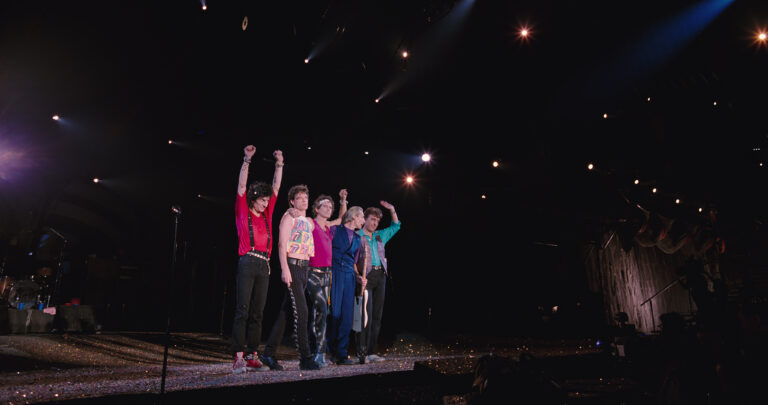Legions of visitors are massing outside the colonnade of Ionic columns as we march towards the British Museum, writes Woody, Frida and Ed Gray…
Our young reviewers, Frida, 10 and Woody, 8, weren’t here for a dose of Greek revivalism though, instead they were ready and willing to learn about their options were they to enlist in the West’s first modern professional fighting force, the Roman army.
Empires feed on armies, so leaders and generals consider all options to persuade young people to risk their lives for King, autocrat or emperor such as: a regular wage, the promise of adventure, patriotism, nationalism and even emotional blackmail.

Legion: Life In The Roman Army is an exhibition with a twist as The British Museum is for the first time partnering with Horrible Histories, author Terry Deary and illustrator Martin Brown’s bestselling book series, to engage children as it explores in detail how the might of the Roman Empire was beefed up considerably by Emperor Augustus’s decision to link citizenship to military service.
With a generous pension for those that survived 25 years service and the promise of improved status for their families, this new powerful Roman army was a dragnet that spanned the million square miles of the empire, creating and uniting citizens in the common cause of Empire.
We were swiftly introduced to our guide and new recruit to the Roman army,the familiar bewhiskered face of Horrible Histories’ character Rattus, here renamed Claudius Terrattus.
Rattus revealed the hardships of becoming a Legionary and the gruelling nature of camp life for recruits far from home through panels depicting his life in the army, boosted by a few interactive displays.
A 27kg weight gives an idea of what a soldier had to carry around, marching for miles in rough terrain, and there are equally weighty helmets to try on.
Rattus’s experiences are mirrored by real life Roman soldier Claudius Terentianus. In letters home to his father we learn of Claudius’s experience from enlistment and campaigns to enforcing occupation and finally, retirement.
It’s a hard life we learn as he movingly asks for woollen socks and sandals with laces ‘not buttons!’, and recounts in blistering detail how he must renew his footwear every two weeks.
If the broad scale of an exhibition about a vast empire, the events of several hundred years and the reigns of many emperors might appear too demanding for younger visitors, then peer a little closer because it’s the fine details that bring home the humanity of personal stories from thousands of years ago.
Woody was inspired to open his sketchbook to draw the skeleton of a soldier from Herculaneum crushed by the soot of Vesuvius whilst, it appears, in the line of duty.
Party-girl Frida marvelled at the stunning letters from Vindolina Fort beautifully written on slithers of birch, among them a birthday party invitation from Claudia Severa to her good friend Sulpicia Lepidina- from one ‘soul sister’ to another, both in need of the warmth of human contact in that blustery northern outpost of Roman Briton. These are the earliest examples of Latin words written by a woman.


Empires unleash hell, the odds of survival to a pensionable age were low, and all that humanity soon takes a darker turn in the darkness of the exhibition hall.
Occupying forces are rarely popular, as evidenced here by the slavery and savagery used to subdue indigenous populations. No change there then, but there was insurrection against the invaders and two more illuminated skeletons of supposedly murdered and dumped soldiers’ corpses carry their secrets silently with them.
Challenging Roman authority was clearly a risky business as next to the soldiers is the mysterious skeleton of Fenstanton man, with a nail right through his ankle bone- evidence of a brutal Roman crucifixion.
There are so many exhibits to view in this exhibition – ornate jewellery, a complete Roman cuirass body armour recovered from a battle and another made from crocodile skin, a pair of child’s shoes and an anti-cheating dice tower- and each object gives a sense of how close we are to the fleeting humanity, and inhumanity, of these Roman soldiers and their families, one roll of the dice away from the chance of a better life.
The British Museum. Great Russell Street, London WC1B 3DG until 23rd June. Admission: From £17; under-16s with an adult go free.
Full details: www.britishmuseum.org/http://www.britishmuseum.org/






